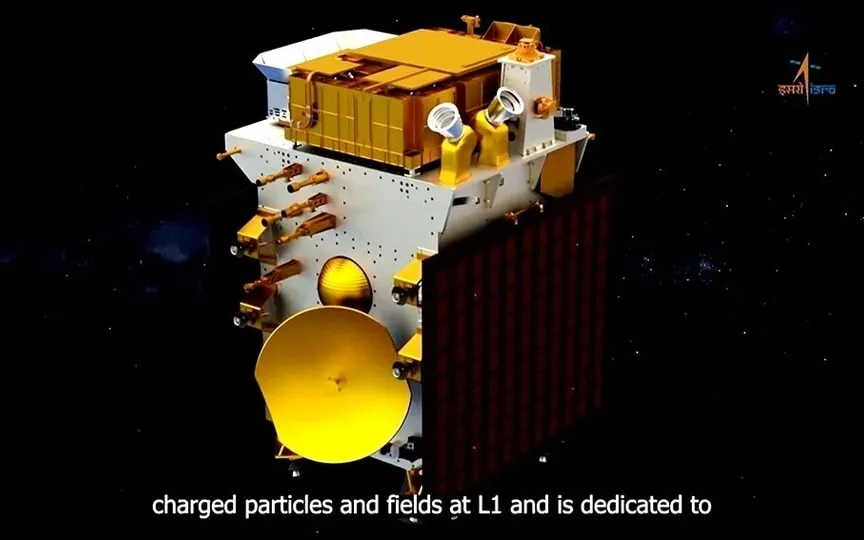Unlock the Secrets of the Sun: Aditya-L1 Mission on the Move!
India’s space agency, ISRO, is making impressive progress with its Aditya-L1 mission, which seeks to enhance our comprehension of the Sun. With the utilization of seven state-of-the-art instruments, the spacecraft is not only observing the Sun from afar but also measuring the emission of high-energy particles during its journey. This information is vital for monitoring space weather and obtaining a deeper understanding of the enigmatic and dynamic solar processes.
The enigma of the chromosphere
The main goal of the task is to find out the enigmatic heating process of the Sun from the chromosphere to the corona. Recent research suggests that the fine structures of the chromosphere hold answers to why the outer atmosphere is hotter than the surface, like a campfire that heats up when you leave it.
Although Aditya-L1 lacks infrared instruments to prevent intense sunlight saturation, it has already transmitted data from the Supra Thermal and Energetic Particle Spectrometer (STEPS) and High Energy L1 Orbiting X-ray Spectrometer (HEL1OS) instruments.
Journey to L1
Heading towards the Sun’s first Lagrange point (L1), a gravitationally stable region, the spacecraft has faced challenges in tracking its position because the Sun is always ahead and the Earth behind. However, this unique viewpoint is ideal for minimal fuel consumption.
ISRO Chairman S Somanath highlighted the mission’s significance and highlighted its potential to improve our understanding of the sun’s effects on space weather. Aditya-L1’s suite of instruments will not only provide valuable information but also help interpret observations from other space missions.
Task update
Space Minister Jitendra Singh shared an update stating that the Aditya mission has started transmitting data and is set to become fully operational in January. Launched on November 2, 2023, the spacecraft is expected to reach its target position in the second week of January. While stationary at L1, Aditya-L1 will observe the Sun continuously without interruption, providing unprecedented insight into the dynamics of our host star, PTI reported.




